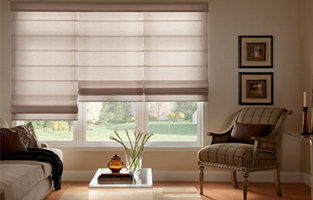Blinds have been primarily used to ensure privacy in your home, but they can also help with temperature control, manage levels of light in your home, and help decorate a room. Like the windows they cover, blinds are also made in a variety of styles and sizes.
The Basics of Window Blinds
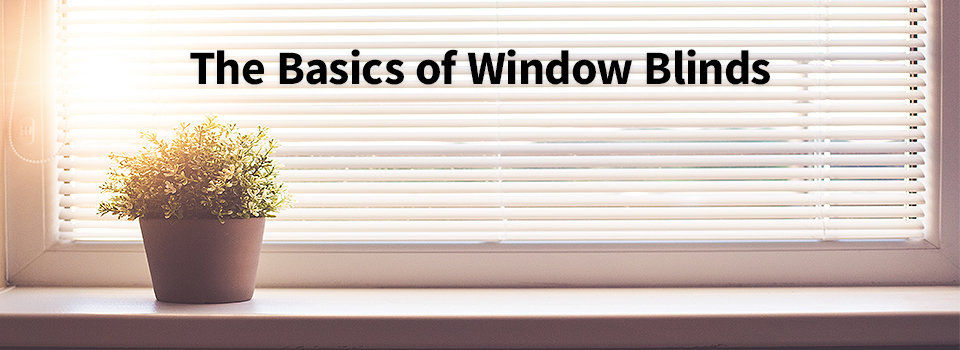
We may take them for granted today, but the concept of blinds is believed to be discovered by nomadic tribes who used sheets to cover the windows in their dwellings in order to shield themselves from the hot sun.
Types of Blinds:
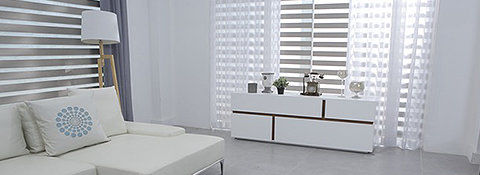
- Wood or Faux Wood Blinds
- Aluminum Blinds
- Honeycomb/Pleated Blinds
- Shutters
- Woven Shades
- Roman
- Vertical
Common Uses for Blinds:
There are four common uses for blinds. The type of blind you choose will depend on how you plan to use your blinds in your home.
Light Control
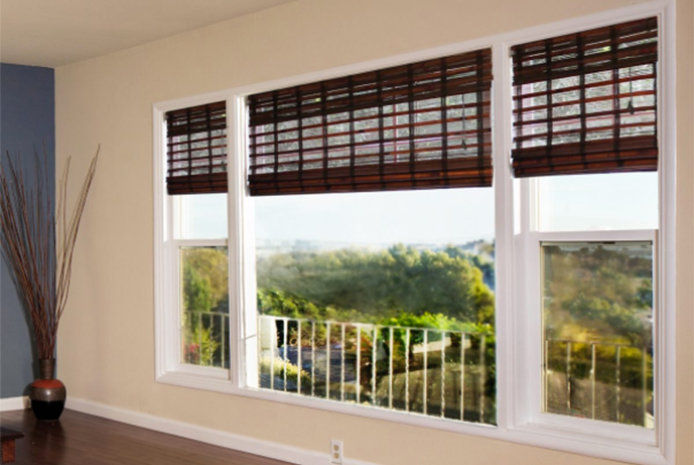
Windows are a source of light. Blinds give us control over the amount of light we allow to enter our homes by redirecting or reducing sunlight from windows. Features like the traditional wand and cord provide the option to lift and tilt your blinds. Faux wood or regular wood blinds allow the most light in with the best exterior view. Woven and roman blinds are good for areas like your media rooms and bedrooms, as they let little to no light in and have no exterior view when fully closed.
Privacy

Privacy is one of the biggest reasons we install blinds. Blinds are a form of home security. We want to stop other people from looking into our private spaces. They also guard you from people seeing what you have inside your home or whether or not you are present. Aluminum, wood, and faux wood blinds normally have the lift and tilt functions, which gives you the option to change the privacy settings. The lift feature moves your blinds up and down for when you don’t want to stop your view fully, but still want some privacy.
Energy Efficiency
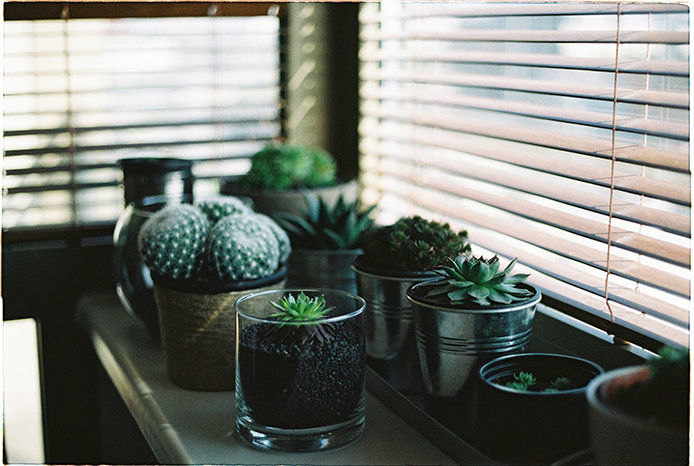
Windows are a source of ventilation, but this also means that they can lose a significant amount of your home’s heating and cooling energy. You can avoid wasting energy by keeping your blinds in mind. Blinds can add another layer of insulation. Honeycomb or pleated blinds have pockets that trap air coming from your windows, meaning your rooms stay warmer in the winter and cooler in the summer. Shutters are also energy efficient because they offer the tightest fit and seal helping to trap and insulate unwanted air flow which can greatly reduce your energy costs!
Decoration

Windows can be a focal point of a room, and blinds can play a decorative role. Blinds of all types can be paired with curtains, drapes, and valances to create the ultimate look for any room. Blinds can influence formal, casual, chic, or modern spaces depending on the style of blind you use. Wood or faux wood blinds add warmth with natural tones for a comfortable and casual feel. Vinyl, aluminum, and even white wood blinds create clean, modern spaces. Plantation shutters are elegant and cozy, whereas roman blinds give you the option to be vibrant because you can choose from different colored, textured, and patterned fabrics.
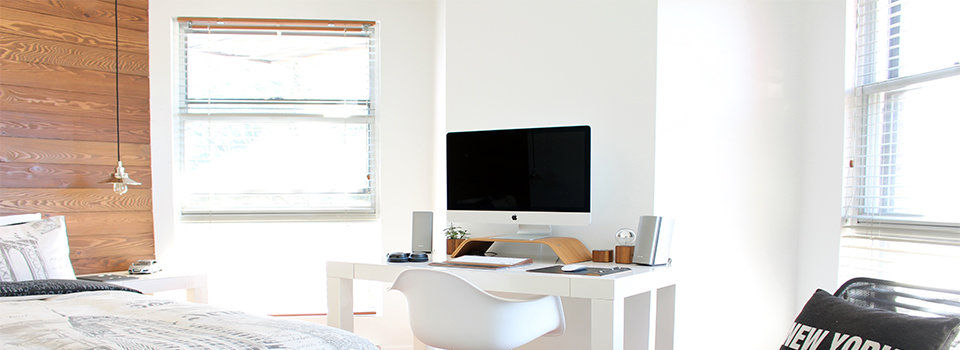
Next time you’re looking to add privacy, make your home more energy efficient, or complete your look when decorating a room, keep blinds in mind!
